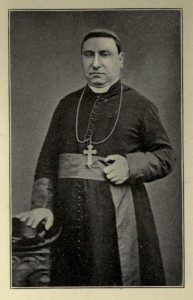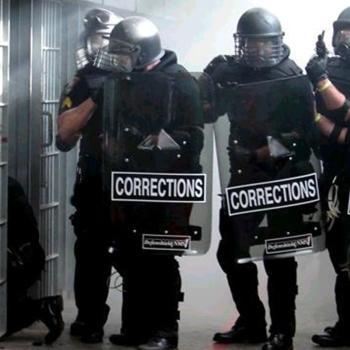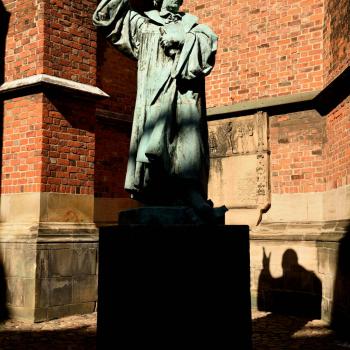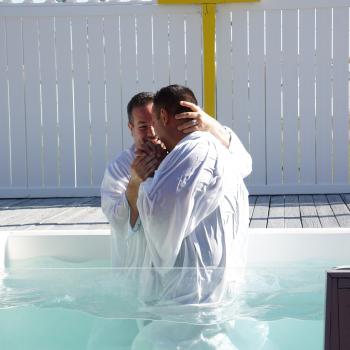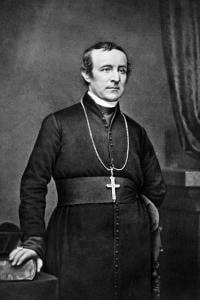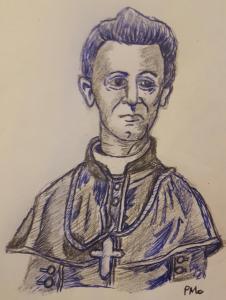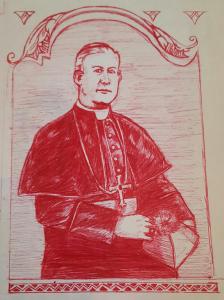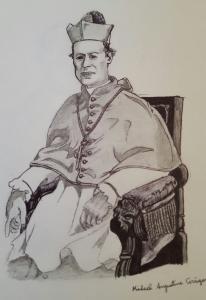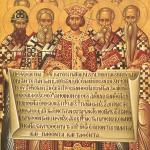Ignatius Persico was born in Naples on the 30th of January 1823 of a noble Sorrentine family and received in baptism the name of Camillus William Mary Peter. After completing his classical course in the college of the Jesuit Fathers at Naples, young Persico renounced all worldly prospects that lay open to him through the influence of his family with the government, and in April 1839, entered the order of Minor Capuchins desiring to devote himself to the foreign missions. His course of study was most thorough, embracing the whole range of secular and sacred lore. He made his vows in January 1844, and was ordained by dispensation January 25,1846.
He then proceeded to Rome to enter the missionary college of the order and pass the examination at the Propaganda.Having been made apostolic missionary,he was sent to the vicariate apostolic of Patna. For some years he visited the remotest parts of that extensive vicariate reaching the frontiers on every side including Nepaul, Siekim and Chinese Tartary. In 1852, he was chosen companion to Bishop Hartman, apostolic visitor in the East Indies. The pretensions of the Archbishop of Goa seriously embarrassing all the vicars apostolic in India, Father Persico was unanimously selected to proceed to Rome as commissary. He obtained the celebrated bull Plene Hostis, and then with the approval of the Holy See went to England to advocate before the English government the interests of the Catholic population in India. His mission had most satisfactory results, and the position of Catholics was completely changed, not only in regard to the vicars apostolic and military chaplains, but also in regard to the erection of churches, asylums, schools and other institutions, Catholics being placed on the same footing as Protestants.
Having been chosen coadjutor to the vicar apostolic of Bombay, March 8, 1854, he was consecrated Bishop of Gratianopolis, and soon after was made apostolic visitor of the Agra vicariate, which he visited, and being made vicar apostolic, governed it with great fruit. His administration was most laborious and eventful, his cure extending to Cashmere, Cabul, Afghanistan and Thibet. He established schools and orphanages, created new missions and formed villages of native Christians, till the Sepoy war swept all away, leaving nothing but ruins and slaughtered missionaries and Christians. Bishop Persico was confined for months in the fort of Agra, subjected to every hardship and privation. On his release he served as chaplain to the British army, doing much to save unfortunate people. After the war, he sailed for Europe to solicit means to restore the Church in his vicariate to its former condition, but was shipwrecked and escaped almost miraculously.
Having succeeded in his mission he returned to the vicariate and his energy and zeal were soon rewarded by consoling results The changed condition of India after the war required another delegation to England to secure Catholic interests, but his constant labors and journeys had enfeebled Bishop Persico, so much that the climate of India menaced his life. Having resigned the vicariate, he was advised at the centenary of St Peter in 1867 to try the climate of the United States, and spent two years at Charleston as an active missionary. He attended the Provincial Council of Baltimore and the Vatican Council, and on the 20th of March, 1870, was elected to the see of Savannah. For three years, he directed the diocese, but as his former symptoms reappeared, he was compelled against his will to resign the see. He was then sent by the Holy See to Canada to adjust some delicate questions there and subsequently to Malabar, where he obtained the submission of the Chaldean Patriarch. In 1878, he was appointed bishop of the united dioceses of Aquino Pontecorvo, and Sora, here having officiated as bishop in three continents. Dr. Persico labors as earnestly as ever, adding to his episcopal duties those of consultor of the Propaganda and apostolic visitor of the Chinese College in Naples.
John Gilmary Shea, The Hierarchy of the Catholic Church in the United States (New York: The Office of Catholic Publications, 1886), 366-368.

